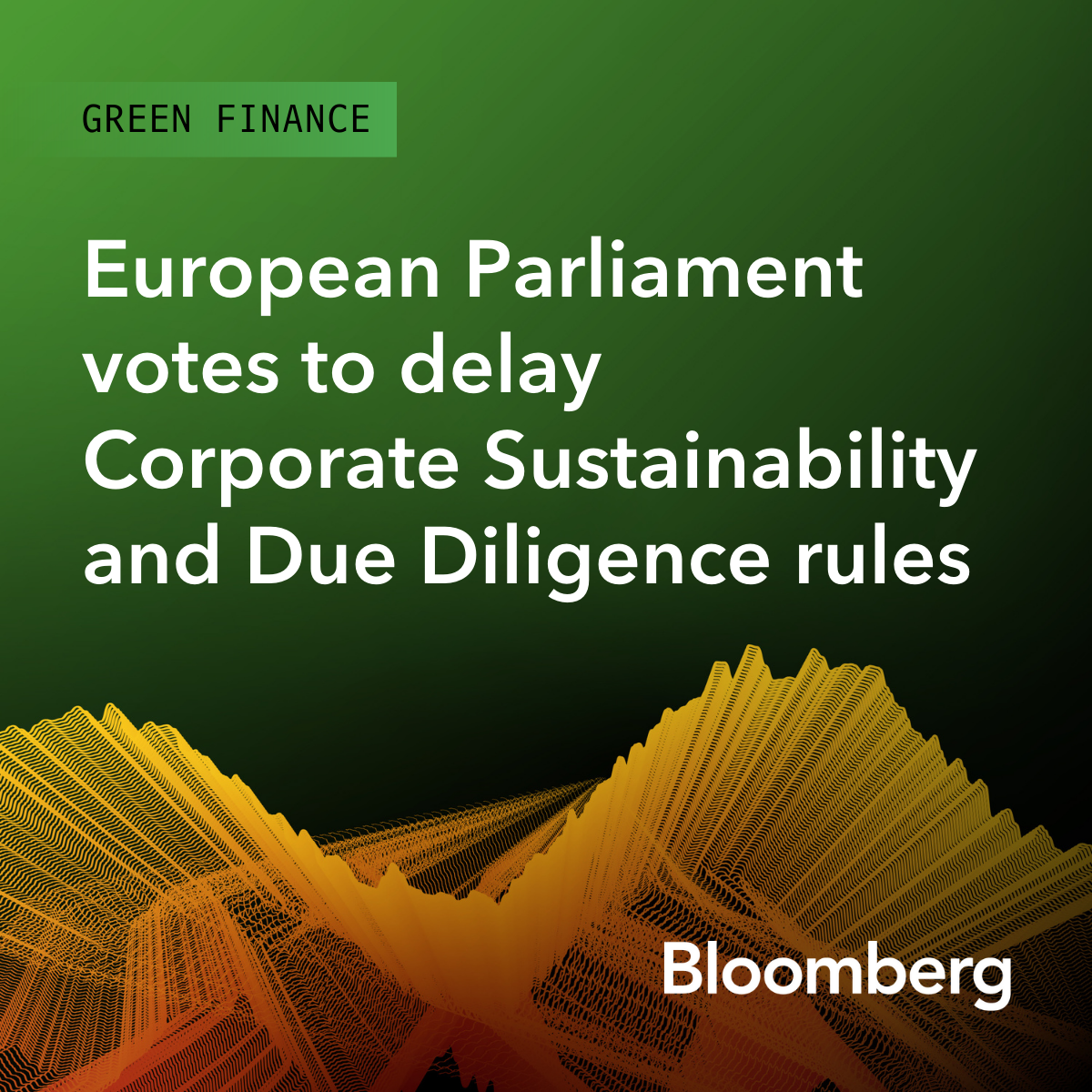Green Finance Goes Global: Regulatory Shifts Reshaping Investment Landscape in April

Green Finance: Navigating the Evolving Regulatory Landscape
The financial sector is undergoing a transformative journey as regulators and governments intensify their push towards a sustainable future. Banks, investment firms, and financial institutions are increasingly finding themselves at the crossroads of economic strategy and environmental responsibility.
New regulations are emerging as powerful tools to accelerate the green transition, challenging traditional financial models and encouraging innovative approaches to sustainable investing. These evolving expectations are not just compliance requirements, but strategic opportunities for financial institutions to redefine their role in combating climate change.
From carbon disclosure mandates to green investment incentives, the financial world is being reshaped by a growing commitment to environmental stewardship. Institutions that proactively adapt to these changes are positioning themselves as leaders in a rapidly evolving economic ecosystem.
As governments worldwide strengthen their climate commitments, the financial sector must continue to innovate, develop green financial products, and integrate sustainability into their core business strategies. The path forward requires creativity, commitment, and a fundamental reimagining of financial success in the context of global environmental challenges.
